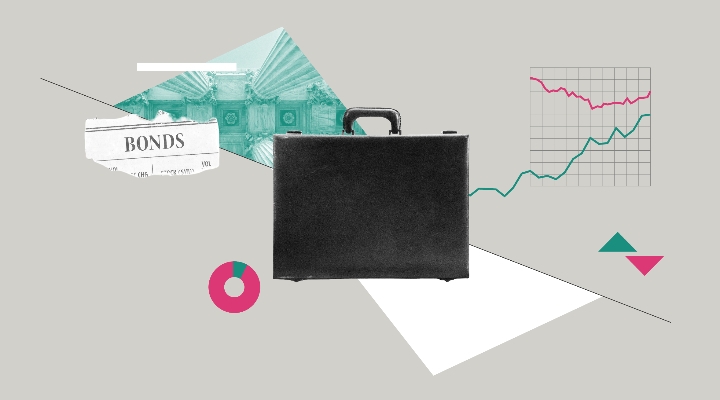Since May this year American investors have sold $130 billion worth of bonds. But it didn't all flow into equities as some market commentators would have you believe.
In fact, the majority was kept as cash - $70 billion invested into the money market for the promise of very little return, less than 1% in most cases.
Mike Gitlin, Head of Fixed Interest at T.Rowe Price said he believed the 'Great Rotation' had been more fiction that fact. The Great Rotation is the concept that investors are moving up the risk scale from bonds to stocks in order to secure a higher yield.
"Equities have seen some of the money pulled out of bonds this year, but not all," he explained at the asset manager’s conference in New York on Tuesday. "Investors are still cautious of the stock market. I'd say it's been a 'good rotation', but not a great one."
Despite the outflows, fixed interest remains an important part of a diversified portfolio, and will continue to do so going forward.
"After two bear markets in as many decades investors are wary of equities," continued Gitlin. "Market rotation is not as structured as we have been led to believe and US high yield bonds still offer around 5% income."
Gitlin does concede that not all bonds are created equal, and this year corporate bonds and US Treasury-bonds have lost money.
This is only the third year since 1980 that there has been negative total return for fixed income as an asset class. But within that high yield bonds returned on average 6.4% to investors and bank loans are up 4.8%. Unsurprisingly these are also the sectors which are the highest risk.
"The lower the credit quality the more interesting investors have found bonds this year," Gitlin admits. "The market is still rewarding the lowest credit quality - and all investors want is yield."
In fact, the higher the credit rating of a bond the worse it has performed this year. On average AAA rated bonds have lost 4.5%, where CCC rated fixed interest is up 12.8% on a total return basis.





























